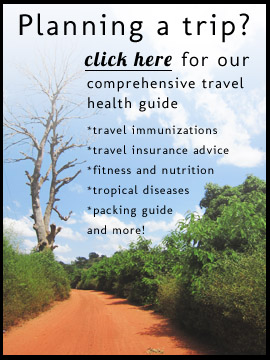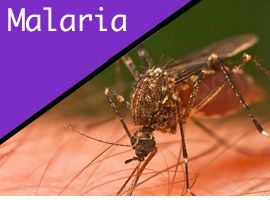With talk of yet another incarnation of Avian Bird Flu, there is much speculation as to whether we will soon see a pandemic. In this post, we will take a look at possible pandemic scenarios in an attempt to understand how likely they are to occur.
A pandemic refers to a disease outbreak that effects an entire country or the world itself. In the past, there have been pandemics of diseases like influenza, cholera, typhoid, and small pox. Most recently, SARS (severe acute respiratory syndrome) nearly became a pandemic between November 2002 and July 2003.
Bacteria and viruses are in a constant state of evolution. Their ability to mutate rapidly gives them an edge on our best research and development. This fact along suggests that there is a good chance we will see a pandemic at some point in the future. Added to the evolutionary advantage of bacteria and viruses is our current focus on developing drugs that are more related to anxiety and depression than fighting microbial life. There are less antibiotics in development now because those drugs have become less profitable. Unfortunately, you cannot develop a new drug out of thin air and if a bacteria emerged that was both destructive and drug resistant, a pandemic may be a good possibility.
There are several other factors that contribute to the chances of a pandemic. For one, the world is more physically connected than ever before. Air travel is a fixture of the modern world and a disease can quickly be transported across country lines, ending up half-way across the world. Another factor to consider is the likelihood that a disease affects animals will mutate and become transmissible to humans.
The most recent near-pandemics have been diseases of this nature and there is lingering concern that Avian Bird Flu could come back in a different form. One reason why this type of transmission is likely is due to the scale of industrial food operations. Farms can house thousands of animals in poor conditions and disease can spread rapidly. Afterwards, farm workers handle the animals and the food products themselves are being shipped to different parts of a country (or in some cases to different parts of the world). For more on the likelihood of the next pandemic coming from wildlife, see this article from Yale’s Environment 360 journal.
It’s not all gloom and doom, however. While a pandemic could be likely at some point in the future, news of an outbreak will spread quicker than the disease. A pandemic will most likely begin in a developing world country and by the time it starts to spread, there will be efforts to quarantine victims and to combat the disease itself. Diseases that are highly lethal often can’t spread quick enough if there is a concerted effort to quarantine it — if they kill their victims in a short period of time, the disease will die with the host before it can be spread.
Finally, it’s encouraging that recent threats have been taken seriously, and not just by developed countries. The key to preventing (or limiting) a pandemic, is awareness and an early response.
Feel free to weigh on this topic in the comments section below
Photo credit: flickr user hddod












{ 0 comments… add one }